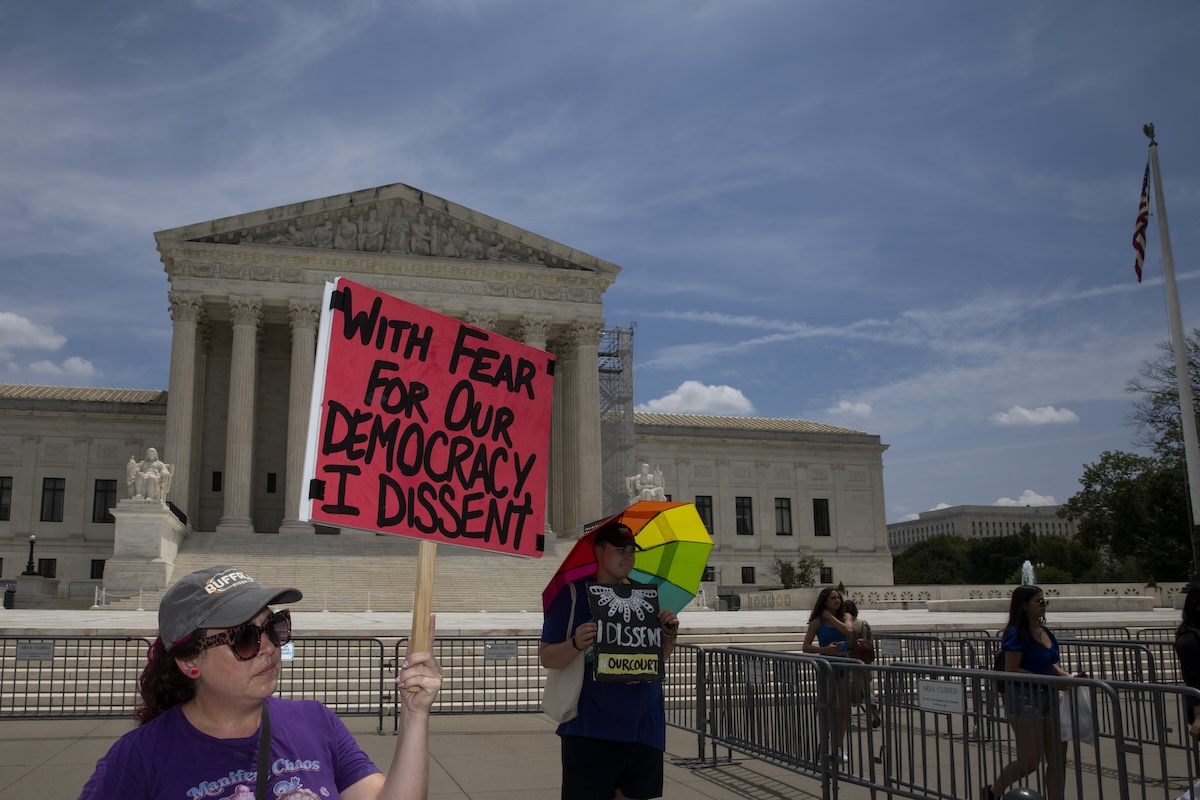Every year, millions of American families with college students complete a government form known as the Free Application for Federal Student Aid, or FAFSA. The application is administered by the U.S. Department of Education, which processes the form and produces a report that is then sent to colleges and universities. The report often dictates the amount and type of financial aid—both public and private—that college students may be entitled to receive. While colleges are not required to use the reports for awarding private aid, most do so as not to burden families with similar applications requesting essentially the same information. So a lot of college-related decisions are dependent on these reports.
This year, the Department of Education overhauled the system, promising a new and improved process. But, as if on cue, the government whiffed. They fumbled the ball. They failed. The rollout was a nonsuccess. But fear not: Secretary of Education Miguel Cardona has promised transformational changes in the office responsible for FAFSA. There is very little that inspires less confidence than a letter from a bureaucrat expressing faux sympathy with as much Orwellian obfuscation as the intern writing it can muster. I am sure American families waiting to make life-altering decisions lost a lot more sleep than did anyone at the Department of Education.
This example of administrative incompetence is only one of thousands—nay, millions!—of examples both large and small that could be proffered. Whether it is the indignity of waiting for hours in a dingy government office only to be turned away to the back of the line because someone in another dingy government office didn’t check the right box with the right ink, or getting a thick envelope from the IRS (assuming that the postal service has competently delivered it)—dealing with government agencies is never pleasant. And it is even worse when they have the freedom to define the rules and move the goalposts, and are almost completely insulated from any kind of external accountability.
So, for all those weary of the myriad petty and serious ways the administrative state makes the sun just a little less bright, the breeze just a little less cool, and life a little less enjoyable, the Supreme Court’s decision in Loper Bright Enterprises v. Raimondo should be a cause for celebration. In this case, the Court overturned a precedent that established what has become known as Chevron deference, which had obligated federal courts to defer to an agency’s interpretation of statutes under most circumstances.
Interestingly, the Supreme Court with a slightly different composition declined to overturn a related precedent known as Auer deference that gives federal agencies the power to interpret its own ambiguous regulations. While not directly on point, Loper likely signals that Auer deference is on life support, which is also a very good thing. Under the Chevron and Auer schemes, administrative agencies have been incentivized to look for statutory ambiguity and even create regulatory ambiguity that has disadvantaged American citizens in ways that have been almost entirely shielded from any reasonable recourse.
In more concrete terms, this has meant that administrative agencies have been functioning as judge, jury, and executioner in their interactions with the American public. The case that gave rise to the Chevron doctrine provides as good an example as any. Congress enacted an amendment to the Clean Air Act in 1977 that subjected any project that created a new “stationary source” of air pollution to a complex approval process administered by the Environmental Protection Agency (EPA). Conflict arose as to the definition of a “source” of air pollution. Is it a new air conditioning window unit, a new nuclear power plant, or something else entirely? The EPA had interpreted “source” expansively until the Reagan administration changed the interpretation to mean an entire plant or factory, rather than a new machine, building, or component less than the whole. Thus litigation that would ultimately conclude with the Supreme Court’s articulation in 1984 of what became known as the Chevron doctrine commenced. A federal appeals court ruled that the new interpretation conflicted with prior judicial interpretations of the statute, but the Supreme Court reversed and found that the ambiguous statute simply created the space for the EPA to make a policy decision that was not reviewable by the judiciary as the nonpolitical branch of the government.
This decision traded one problem for another. Prior to Chevron, activist organizations would litigate in sympathetic courts to lock in a particular interpretation of a statute that would then bind an agency’s ability to be responsive to the policy decisions of the executive branch. After the Supreme Court decided Chevron, agency decisions were largely unreviewable by courts, leaving citizens with no recourse other than to lobby Congress for changes in the law or to participate in the largely perfunctory public-comment process in the promulgation of regulations. In many cases, however, the decisions impacted by Chevron are not those addressed via public comment. So, to avoid judicial overreach, Chevron set the stage for administrative overreach.
Does Loper merely signal a pendulum swing back toward judicial overreach? It is too early to tell. Loper does not, as some critics claim, turn the field of administrative law into the wild west. The Court expressly states that prior decisions that relied on the Chevron test are left untouched by this decision. And another earlier precedent, Skidmore v. Swift & Co., which established a much more reasonable case-by-case balancing test that determines whether an agency’s interpretation deserves deference, is still operative. Justice Kagan, however, points out in dissent that the balancing test in Skidmore will provide fertile ground for contention in future litigation. Or, in other words, it will obligate judges to decide “relevant questions of law,” as the Administrative Procedure Act requires.
While Chevron did need to be scuttled, it remains unclear to me if Loper goes far enough. The dissent is correct in at least one observation—“Congress could always overrule the decision” in Chevron. Article I vests the legislative power of the United States in the Congress. Article III vests the judicial power of the United States in the courts. The net result of Chevron has provided mechanisms by which executive bureaucracies usurp the judicial power of the United States while often illegitimately exercising the legislative power of the United States. Unilateral changes in the interpretation of statutes and regulations have the effect of statutory amendment by unelected bureaucrats rather than through the constitutionally prescribed legislative process entrusted to elected constitutional officers serving in the U.S. Congress. Compounding the constitutional injury to the separation of powers, Chevron has “compel[ed] judges to abdicate their Article III ‘judicial Power.’”
But this is a mess that Congress has created and has always had the power to fix. Loper (and Skidmore) likely provide the best option in the face of congressional dysfunction and fecklessness. As it stands, members of Congress from either party can praise or criticize the regulatory decisions of administrative agencies and disclaim direct responsibility. But the reality is that government bureaucracy touches far too many areas of life and is far too bloated and onerous to navigate. Enabling statutes passed by Congress that empower various administrative officers to particular tasks are rarely more than 500 words but quickly metastasize into thousands of pages of complex, opaque regulation.
At least with Chevron gone and Auer (likely) on borrowed time, American citizens have some recourse against administrative overreach. But administrative agencies are still too large, too cumbersome, and too lacking in democratic accountability. Until the political will exists to solve the more fundamental constitutional issues at play, we are probably destined to function somewhere along the arc of a pendulum swinging from judicial overreach to administrative overreach and back to judicial overreach again.

